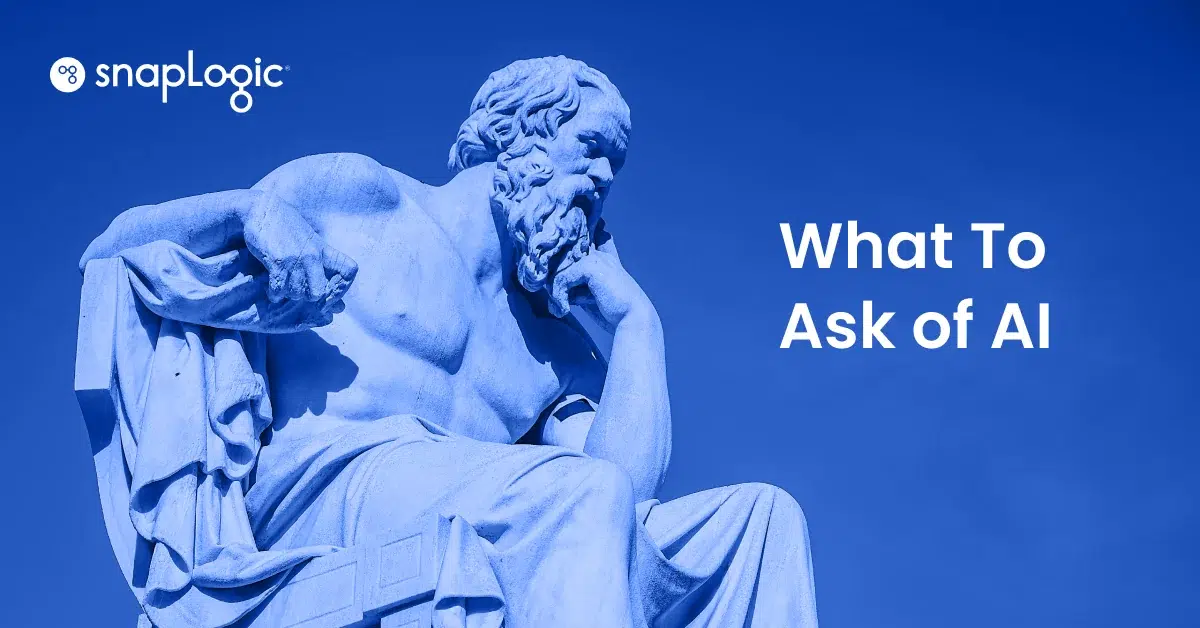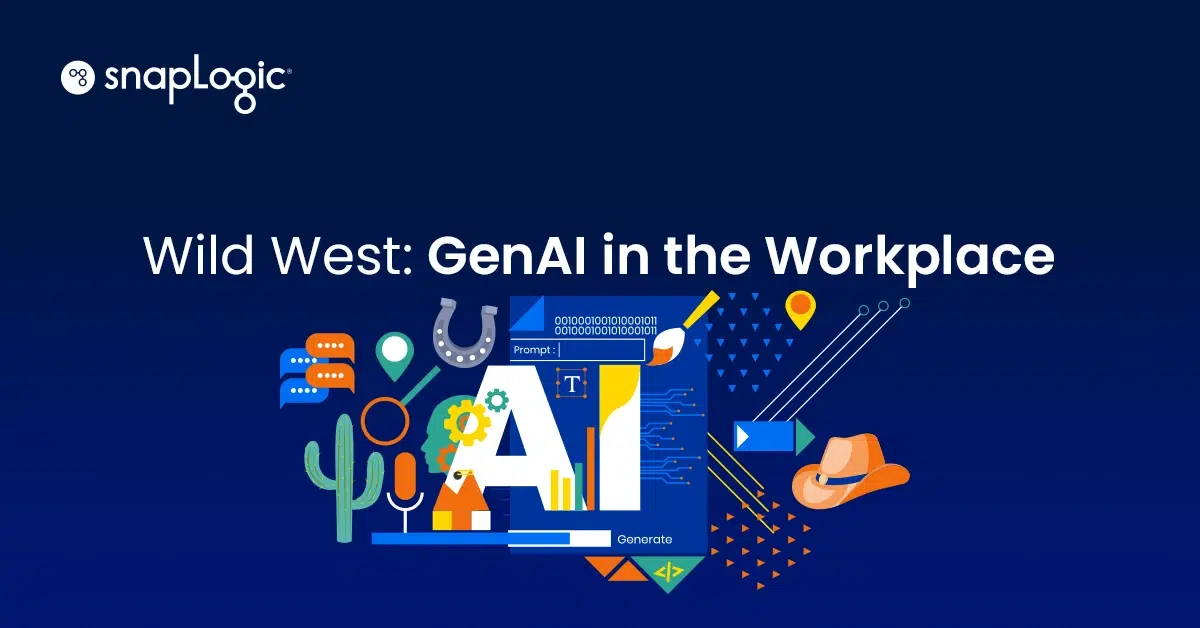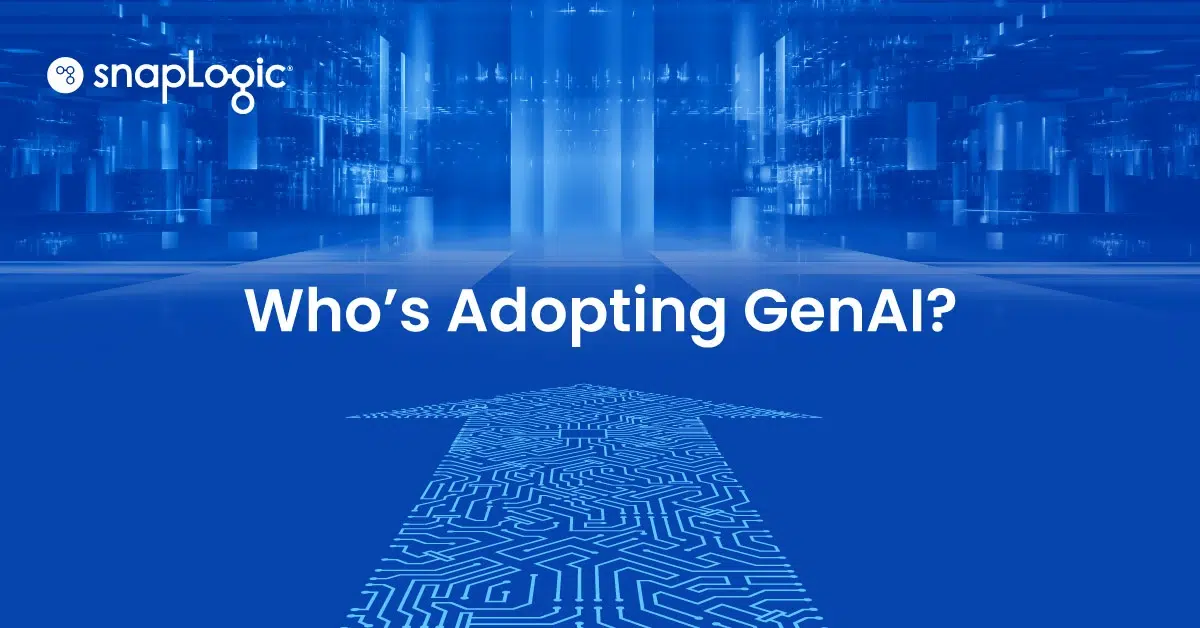Computer scientists have been working on AI for a long, long time. The first, albeit extremely primitive, generative AI systems can be dated back to the 1950s and, over the course of the last 70 years or so, developments have been steady and impactful, both for business and personal use. Yet despite this long period of research and development, in the last year alone it seems like the AI revolution has crept up on us, exploding into the fore with the release of new, highly capable large-language models. Now, everyone has the power of a highly accessible and increasingly advanced large-language model at their fingertips. Whether you want a shopping list or an essay on quantum mechanics, generative AI solutions can instantly churn out an answer built on enormous databases and billions of parameters.
So, should we be worried about our jobs?
Well not exactly. Just like the tractor didn’t replace the farmer, and the calculator didn’t replace the mathematician, AI won’t replace humans, it will just help us complete basic tasks faster, more affordably, and more easily than ever before. Think about that calculator example – most maths tests now let you bring calculators in with you – why? Well, just because you have the tool doesn’t necessarily mean you can find the answer. Similarly, just because you have ChatGPT doesn’t mean you are able to get precisely what you want out of it. It’s now vital that employees know how to make the most out of generative AI so that they can use it to the best of its potential.
The new wave of AI has in many ways spawned a second ‘Socratic age’ where the Socratic method of asking powerful and insightful questions is the key to unlocking doors and finding the right outcomes. In the same way a new vital skill for business people will be asking the right questions, or as we are now calling it ‘prompt engineering’ – constructing text prompts that can be more effectively and efficiently interpreted by Generative AI tools to get exactly the desired outcome. With the right prompt, business users can now translate business intent into technical delivery, in seconds.
So asking the right questions is critical, but as important perhaps, is knowing the limitations of GPT models – as with any developing tech, no one knows how the proliferation of AI will play out in the long run. What we do know is that right now whilst ChatGPT and other tools have created exciting new opportunities, they have simultaneously amplified the need for genuine talent.
Learn how to put AI to work for you.
Think of your favourite book or TV show – let’s say, just to keep the AI theme going, that it’s Star Trek. If you ask a generative AI software to give you a screenplay for an episode of Star Trek it will no doubt give you one, which at first glance might look scarily competent. However, on closer inspection you soon realise that it’s likely just an amalgamation of the data points it has available, and thus gives you an episode of wholly uneventful, uninteresting and inhuman dialogue. There will be no real fun or creativity. AI simply can’t replace this humour, emotion and empathy, nor substitute genuine human talent.
AI could however, certainly prompt a scriptwriter with ideas or suggest characters or plot points as a starting point. Knowing how to best use generative AI is almost as valuable as having the tool itself. Think of AI as a teammate, someone who has great knowledge and ideas but also needs a great deal of oversight, training and guidance.
In a business sense this is even more true. There have long been products that can fully automate repetitive, manual tasks, like reporting for the finance department or onboarding apps and data for the IT staff. But the addition of generative AI capabilities to these tools, which can now interpret natural language prompts to instantly and intelligently glue together data and save valuable employee time, doesn’t take away from employees, rather it gives them the time and space to be more creative and focus on more skilled problems where human insight is vital.
These generative AI enhancements make complex tasks like building data pipelines and workflows as easy as typing a short prompt – connecting businesses to their data like never before. “Generative Integration” in this way has been described as ‘the holy grail of LLM use’ as it allows business leaders to join together company databases, apps and teams. As Generative AI and LLM models are built on the datasets underneath them, ensuring data is accessible, transferable and usable by these models is essential to drive digital transformation and stay ahead of the curve.
Are questions the new answers?
As generative AI develops, so too will our understanding of how best to use it. Ultimately, in the not too distant future every employee will be a potential prompt engineer, and as a first step business leaders should look to train their employees to help them make the most out of these tools.
AI has the power to truly transform the future workplace and augment workers’ existing skills so they can tackle more complex tasks and ultimately, the impact of Gen AI will be felt most by those whose work lives will be significantly more creative, more engaging and more meaningful when they are free to work on the things that actually matter to them. Empathetic and understanding business leaders who want to retain and make the best of their employees, must therefore consider the power of AI in adding to jobs rather than simply the fears of taking from them.
So – whilst AI may have started a revolution, those that will rise to the top will be those in touch with the most human of traits: creativity, empathy and perhaps above all – the curiosity to ask the right questions and get the right answers.










